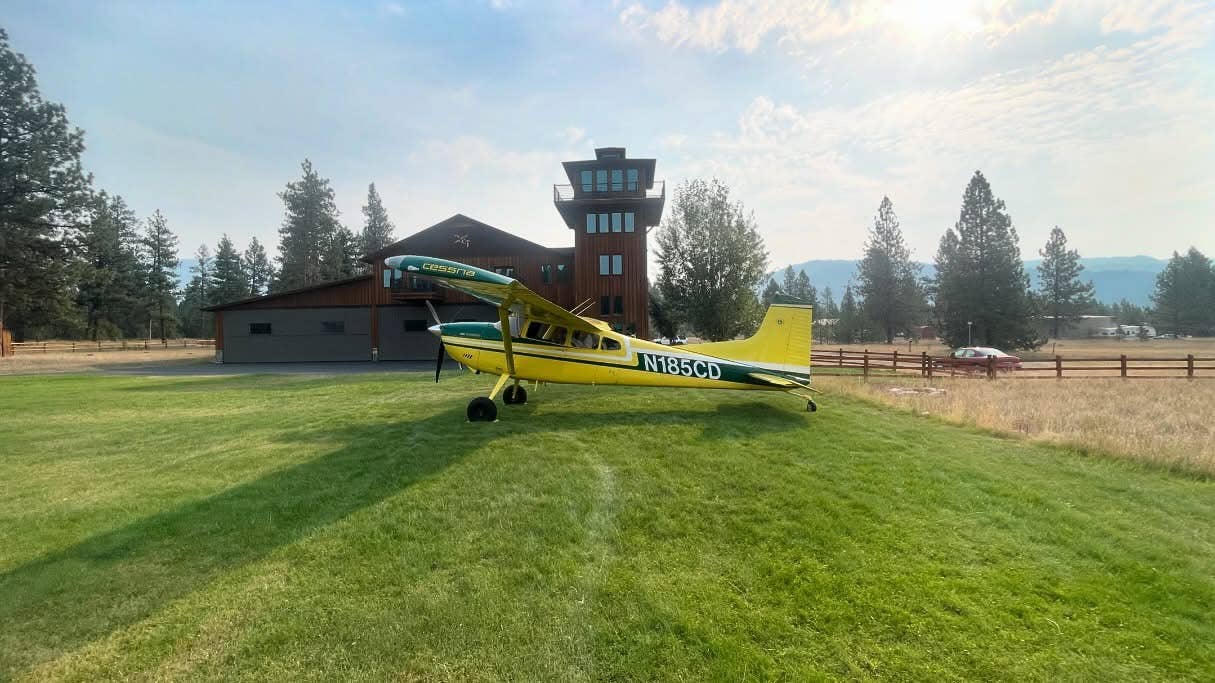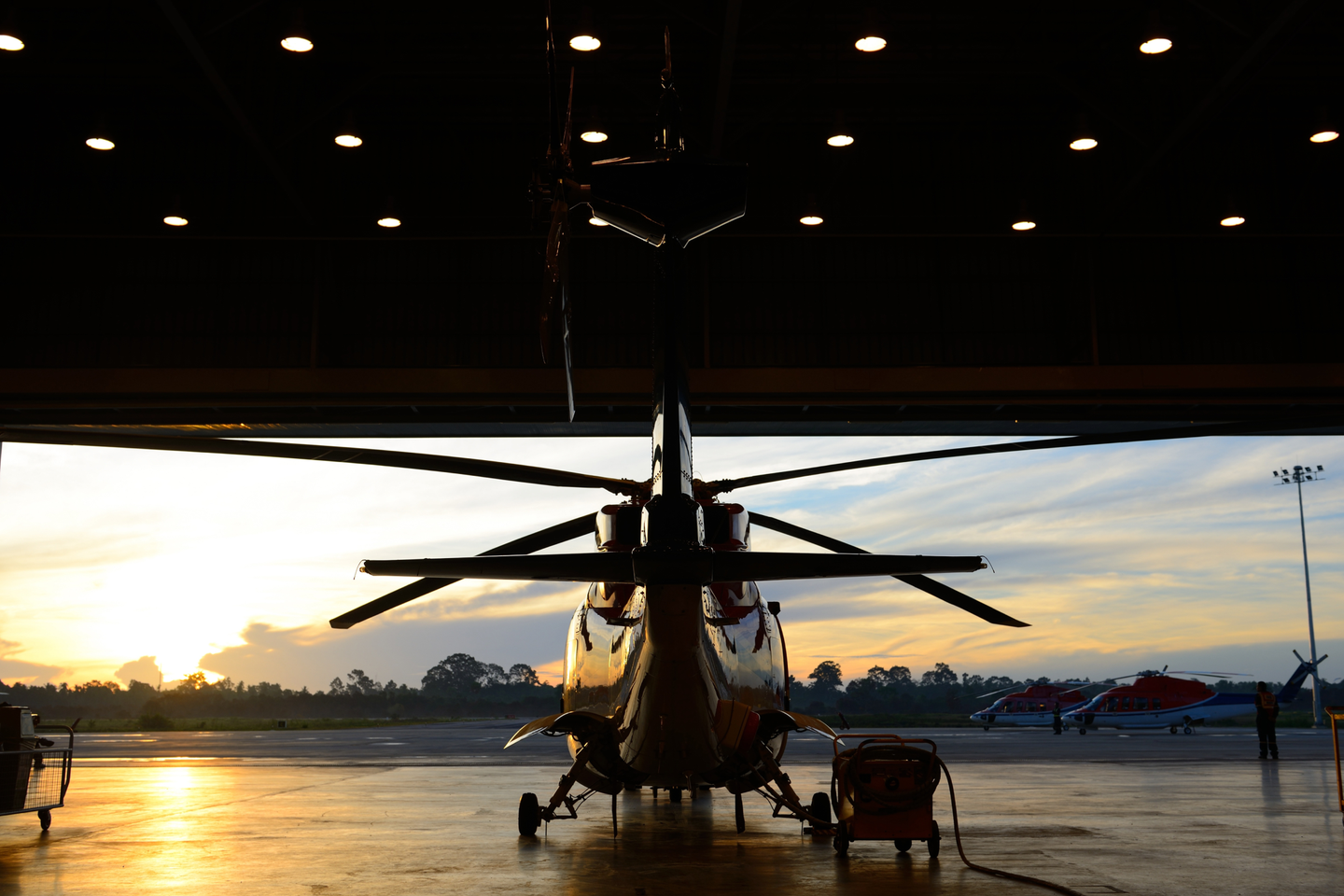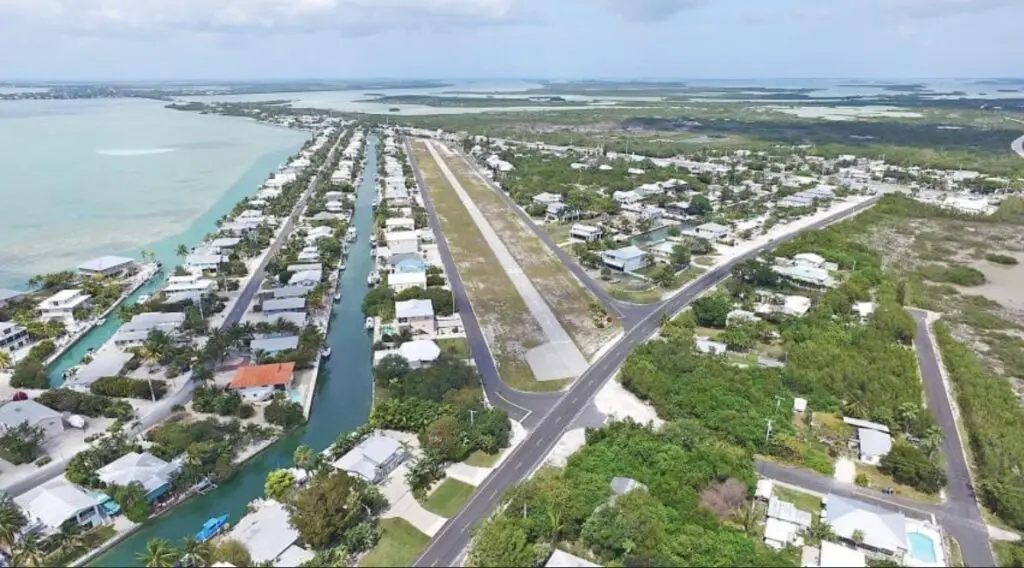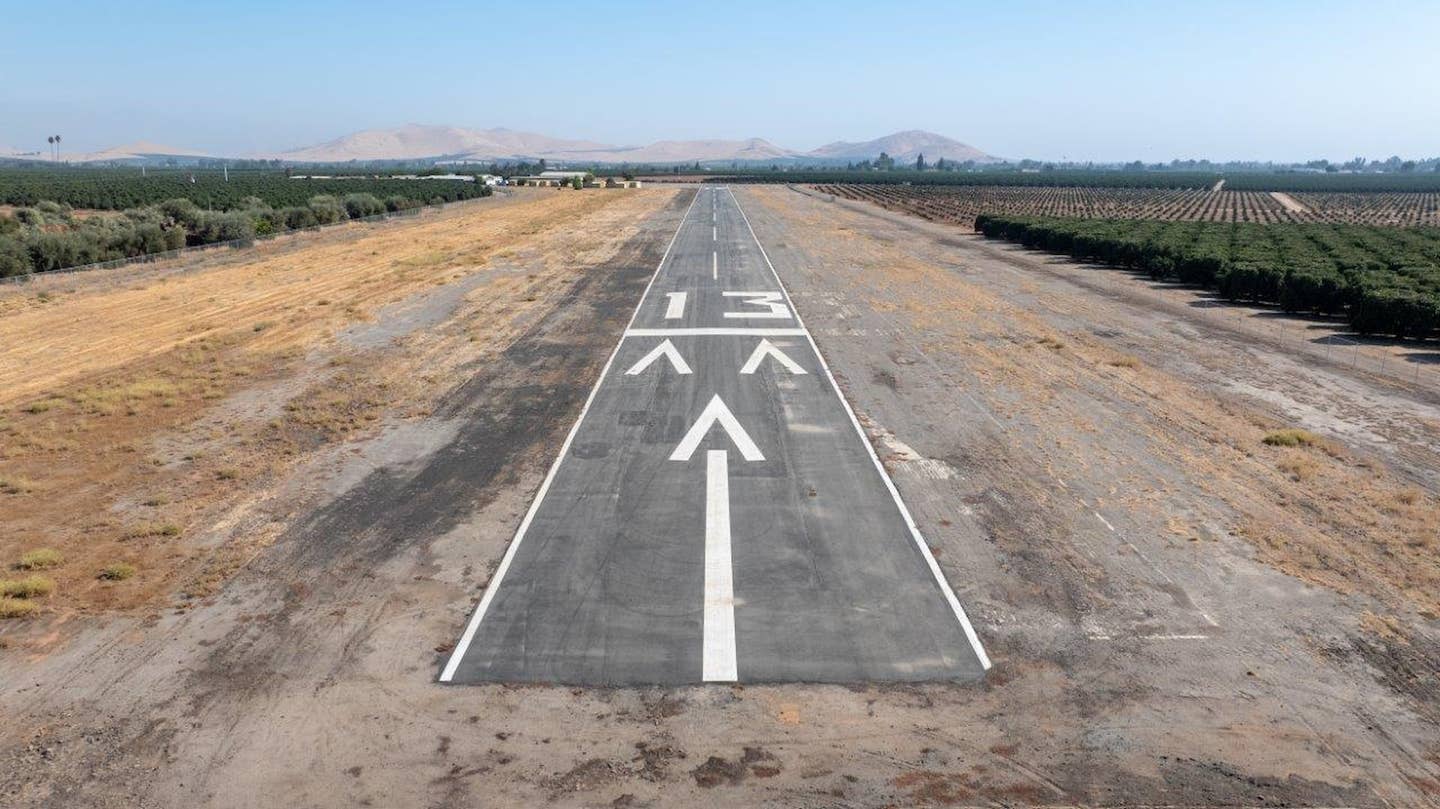Illinois Airpark Fights to Increase Air Traffic, Fellowship
Erie Airpark’s tumultuous history has led to a burgeoning community that the owner hopes gets some help from the FAA to grow.
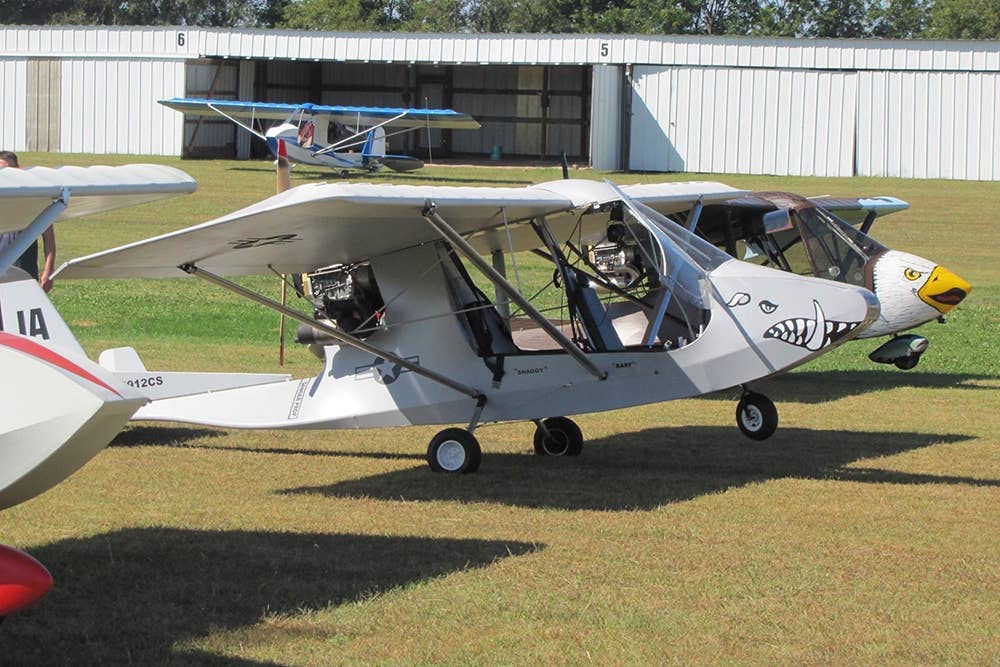
A sampling of the Quad City Challengers that are based at Erie Airpark. [Courtesy: Erie Airpark]
Those who have been to Erie Airpark (3H5) in Northwestern Illinois—also referred to as Erie Air Park Ultralight Flightpark and other similar iterations—are likely familiar with its tight-knit and passionate community of general aviation flyers.
Pilots who have not yet had the chance to fly in and land on the 2,000-foot-long grass strip and chat with those based there may be missing out on “Flying the way it was fifty years ago,” as the airpark’s website says.
“We have a very active field and we have a lot of fun out here, a lot of activity and things going on,” the airport’s current owner and manager, Jim Robinson says. “You have to make things happen if you are going to make an airport successful. You got to plan events.
“Someone told me once, ‘You can’t just sit back and wait for things to happen. You’re the FBO here, you’re the airport. You have to call people and say, ‘Dawn Patrol, Saturday morning, seven o’clock…click.’”
This piece of advice is something that Robinson has enthusiastically acknowledged and implemented, frequently using personal communication to his advantage in stoking airport activity. Through his efforts and those of others, a positive environment focused on flying and community has been cultivated at the privately owned, public-use airport.
And while an enduring spirit of grassroots flying pervades the airfield’s history, there are a few notable changes since its FAA-referenced activation date of July 1972.
The first critical point in Erie Airpark’s history was the death of its founder and longtime owner, which ultimately resulted in a change of ownership in the late 1990s.
“We have been here for about 23 years now,” Robinson says. “The previous owner built it as what he called an Air Ranchette [one home is adjacent to the runway]. From the grass strip, he flew a Viking, or a Bellanca, or something like that, but eventually had an injury at work to where he lost partial eyesight in one eye and couldn’t get a medical anymore. So, he started flying ultralight aircraft and ultimately became a [Quad City] Challenger dealer.”
Robinson purchased the airport from the previous owner’s estate, then continued operating as the onfield ultralight aircraft dealer. Along with being the base for these sales operations, Erie was a popular spot in the region for Part 103 flight instruction.
An ultralight flight instructor at the time, Robinson explains what arguably turned out to be the most critical point in 3H5’s history.
“The FAA had the ruling in 2004 where they dropped the training exemption for ultralight aircraft so we could fly a two-place trainer to teach people how to fly a single-place airplane. The FAA dropped the ruling, and everybody had to become a sport pilot now. Now we don’t have any aircraft to train pilots in anymore because you can’t teach someone to fly in a Cessna 150 and then expect them to get in a single-place Challenger and fly it. So, sales [of the ultralight] started dropping off.”
Even with this rule change, Robinson says that the flying community is as active now at Erie Airpark as it ever was.
“We do have one Hummel, which is an ultralight, believe it or not, and we have two Phantoms, which are light sports. But, basically about everything we have here is a Quad City Challenger. We have about 25 here on the field, which is probably one of the largest gatherings of Challengers in one place.”
Regardless of model, everyone finds a way to enjoy their aircraft, their friends’ aircraft, and scenic aerial opportunities around the area.
“We have guys come out and fly in the morning before they go to work, sometimes,” Robinson says. “And there are the guys who are retired who like to come out and fly in the morning, then work on their plane all day, or go golf or something.
“If it’s a nice evening, they will come out and go for a flight in their airplanes, fly along the Mississippi River or the Rock River and just do some sightseeing.”
Aside from these routine impromptu flights, there are some more formal events that happen at or originate from the airpark.
“Sometimes on Saturday and Sunday mornings, we will have what we call a Dawn Patrol. Wheels up at 7 a.m….for anybody that wants to participate. We pick a local airport that is nearby, within fifty miles, and we all fly there, meet, and have breakfast together.
“I will load up a bunch of breakfast burritos, and I will put 20 or 30 of them in an insulated bag, with a couple of thermoses of coffee, a jug of orange juice, and I will pack all of that in my backseat. Everybody gets a burrito, an orange juice, or a coffee. We sit there, talk a little bit, and then everyone jumps in their airplanes and heads back home.”
At other times throughout the week, pilots, aviation enthusiasts, and a number of others will gather for food and friendship.
“On Wednesday nights, we have a radio-controlled, model airplane club that comes out here and they fly radio-controlled airplanes here at our field,” Robinson says. “It’s fun to watch those guys flying and we have a lot of people that drive in, unpack a backpack parachute or something and go flying with that.
“You have to make things happen if you are going to make an airport successful."
Jim Robinson, owner and manager, Erie Airpark
“Usually on Friday and Saturday nights, weather permitting, we have a bonfire out there. We all sit around the fire, make hot dogs, play guitars, sing, and watch the stars come out. Just kind of hang out; everybody has a good time.”
Unlike the airport’s name suggests, Erie Airpark does not have houses surrounding its runways and is not a fly-in community. But there are roughly 30 hangars at the airport, all of which are presently spoken for.
And while the airport sees some transient and local traffic from other airports, Robinson is confident that the rural site has the wherewithal to become more popular in the flying community. He says there is one impediment for new pilots to visit, though.
“We’re actually marked on the sectional chart and if you look up 3H5, it comes up as an ultralight airfield. I think we would get a lot more business if I could change that to a regular airfield. Right now, I got an F with a circle around it, which stands for ultralight activity. What I want it to be is a circle for a private airstrip because we are a privately owned, public-use facility [accommodating to a wide array of traffic] and have close to 2,700 feet to land on.”
Even without this documentation change, Robinson welcomes general aviation pilots to touchdown at Erie Airpark, meet fellow aviation enthusiasts, and learn more about what makes the nearly 50-year-old airport special.

Sign-up for newsletters & special offers!
Get the latest FLYING stories & special offers delivered directly to your inbox



